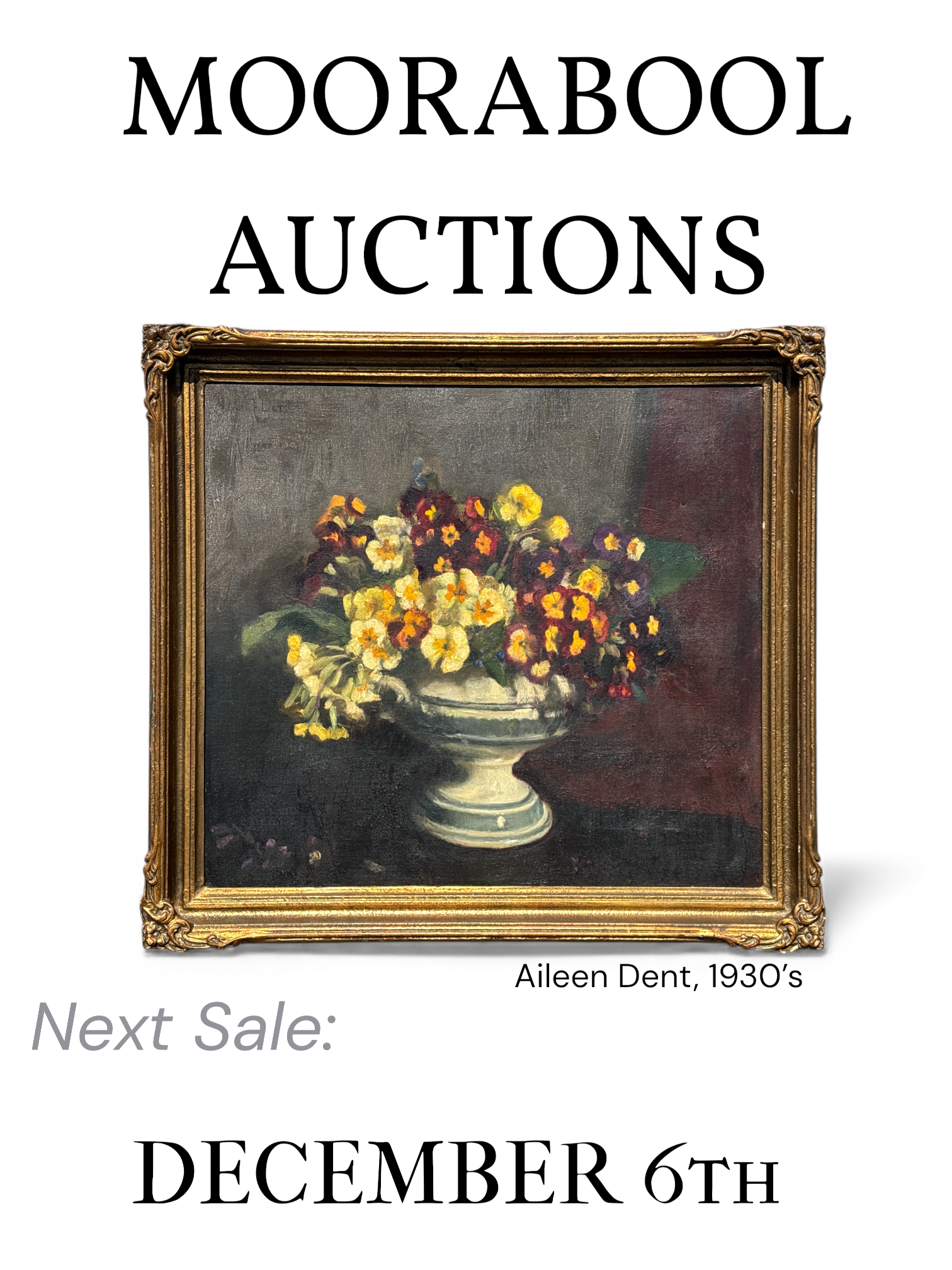An Important fresh discovery:
Swansea Porcelain plate painted by Thomas Baxter with a Welsh subject, circa 1818

Produced for just a few short years in the early 19th century, Welsh porcelain is a rarity in the collecting world, and Welsh porcelain with Welsh subjects is almost unheard of. Add to this the name of the artist Thomas Baxter, considered to be the best of his time, and the result is simply stunning.
This is ‘The Bard’, a dramatic Swansea porcelain plate painted by Baxter, with a fascinating tale to tell.
Baxter is well known for his beautiful shell still-life pieces of shells or flowers. In such pieces he uses a similar format and technique as what we see in the Bard plate; a gloomy back-ground, slightly textured by stippling the paints on in a graduated palette, and the raking light that here highlights the face and front hand, is also seen in his shell-works. Baxter excelled in fine details, and the amount of realistic detail is certainly evident in the Bard plate, in particular the tendons and skin on his hand, and the hair that is buffeted by the stiff Welsh wind.
The subject is an ancient Druid playing a harp. In the complete source painting, his dramatic stance makes sense, as he is busy taunting the enemy (English) soldiers on the other side of a ravine.
The literary source is most likely a poem, ‘The Bard’, by the English poet Thomas Gray (1716-71). Gray penned the poem, and published it with the help of his good friend Horace Walpole in 1757.

The source of this illustration seems to be an engraving from ‘Relicks of the Welsh Bards’, by Edward Jones. This was published in 1784, with subsequent editions in 1802 & 1808, a convenient date that links with the creation date of this Swansea plate. This engraving was based on a painting depicting Gray’s poem, an oil by the Franco-English artist Philip James de Loutherbourg.
A fascinating artist, he was a child protege artist in the late 1760’s, and came to London in 1771, employed by Garrick to paint the backdrops of theatre sets. His style is very dramatic, with sharp contrasts and dramatic skies. It is easy to see why Baxter was drawn to paint his scene, as it suits his own sense of drama.

De Loutherbourg’s ‘The Bard’ is known from an 1840 copy hanging in the Museum of Wales, the original’s whereabouts is unknown. The British Museum notes that there was a drawing of this subject by de Loutherbourg in the possession of Horace Walpole, now in a private collection. Walpole was the patron who published ‘The Bard’ in 1757. This would presumably be the preliminary sketch for the now-lost oil. Perhaps Walpole also owned this oil ?
Did Baxter work from the above mentioned print, or did he in fact have access to the original now-lost oil? As a London based artist, de Loutherbourg’s works were also exhibited there, and so there is a high probability that Baxter would have seen the c.1775 original. Further supporting this is the amazing detail Baxter put into the hand, something that would not have been apparent in an engraving, but obvious in the original oil painting.
Baxter has adapted the composition to fit the plate, effectively shifting the view point lower and thus balancing the composition – but there’s no doubt the original painting, or the frontispiece of the book was the source for the plate.
An identical depiction of ‘The Bard’ can be found on a Chamberlains Worcester cup & saucer (right), painted by Baxter and titled underneath ‘Gray’s Bard’.

‘Relicks of the Welsh Bards’ is considered to be one of the first flowerings of the Welsh nationalistic spirit, being a compilation of music and poetry about the Druids and their Kin. When we consider the Swansea origins of the plate, and the possibility that this was painted while Baxter was resident at the short-lived Swansea works (employed 1816-19) , it doesn’t take much imagination to conceive a local patriotic gentleman with Welsh interests having a copy accessible……. possibly Dyllwin the proprietor of the Swansea works himself?

–View this plate on the moorabool.com website–
This previously unrecorded plate is a fresh discovery, having been catalogued previously as ‘Paris Porcelain’. It has been purchased by the Geelong Art Gallery, with funding from the McAllister Bequest. The Gallery has collected numerous examples of fine quality early 19th century painting on porcelain, and the plate is in good company alongside several impressive examples of Baxter’s work.






